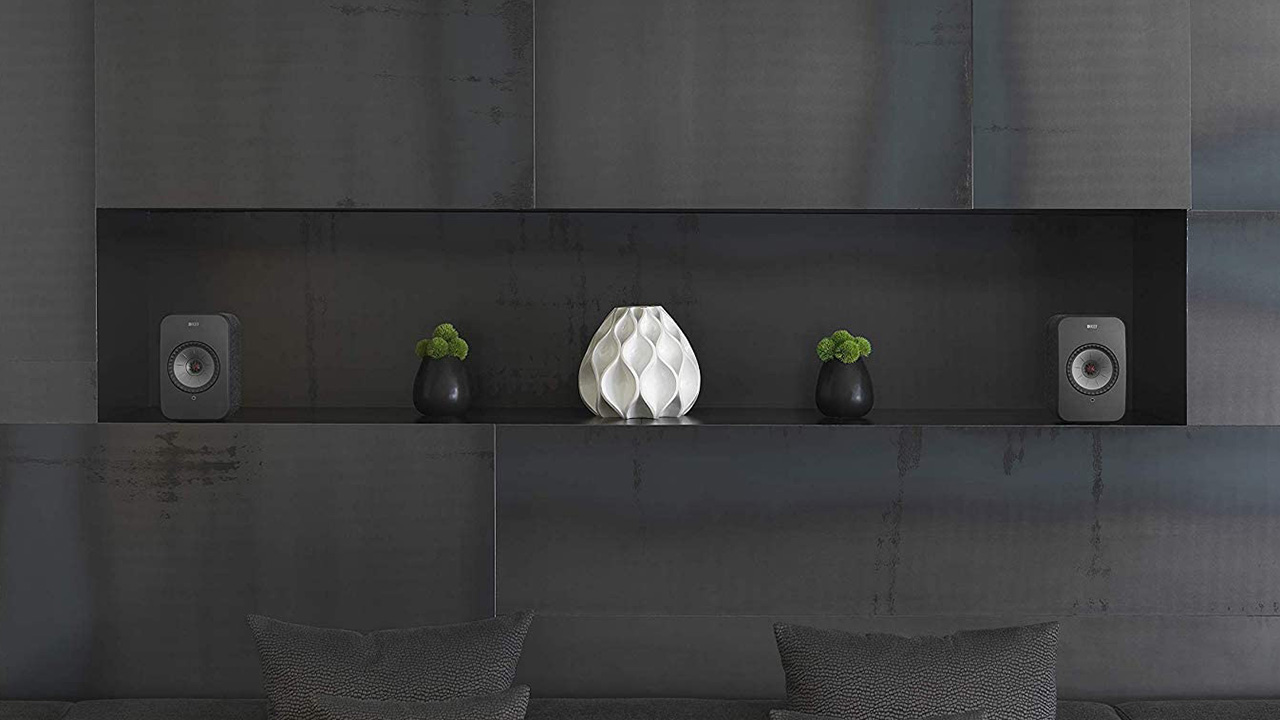Speakers are almost always the eye-catching part of a hi-fi system. Sure, you come across the odd amplifier that gets the pulse going – and we all love a record player – but most hi-fi components are black boxes that sit on a shelf or even in a cupboard on the other side of the room. Speakers, though, are the first things you notice when you walk into the room and what you look at when you’re playing music. They’re the face of the system, and that alone makes it important that you buy the best speakers you can.
But speakers are also the last link in the chain before your music gets to your ears, and the component that makes the most pronounced difference to what you hear. You really don’t want to mess this up.
The good news is that great hi-fi speakers come in all shapes and sizes and needn’t cost the Earth – although those with big budgets will of course be rewarded, so long as they spend sensibly.
So, how do you find the best speakers for your specific requirements? Why, you simply scroll down a little and keep reading, because we’ve done the hard work for you. You’re very welcome.
Best speakers for home use: The Louder Choice
While this list also includes powered, active speakers with Bluetooth and even streaming, we’re going to stick with traditional, passive hi-fi speakers. We are, though, going to suggest two pairs straight off the bat - one pair of stand-mounters and one pair of floor-standers – both of which are very similarly priced.
The stand-mounters are the speakers. Bowers & Wilkins is one of the best known, longest-standing and most stylish hi-fi companies in the world with the S2 versions the seventh generation of the celebrated 600 series. These are a step up from the older 606 thanks to the upgraded Double Dome Tweeter, enhanced cross-over design and new finish.
But if you want to go big in form and sonic presentation, the floor-standers are the way to go. These hefty, imposing speakers have a scale and bass weight that almost no stand-mounter will match.
Best speakers for home use: Product Guide
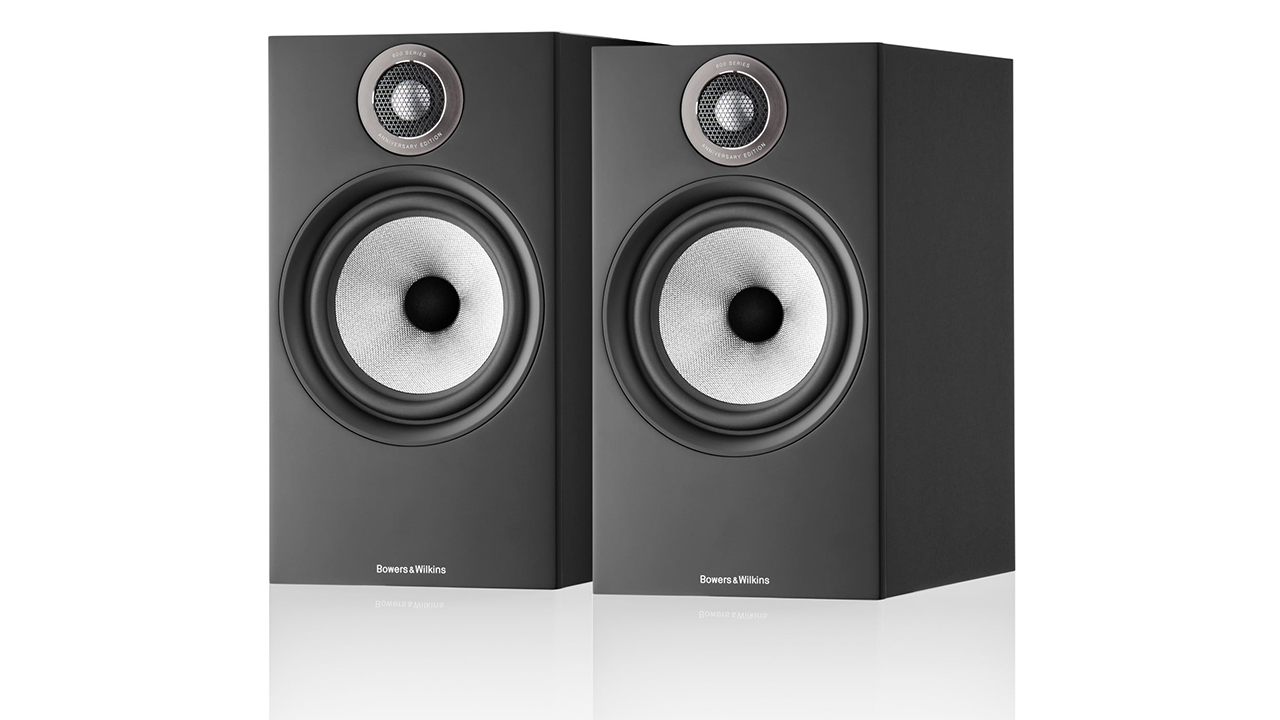
Bowers & Wilkins have a reputation for building beautiful speakers and the 606 S2 Anniversary Edition are no exception. Every visitor to your house will comment on how good they look, and that’s a promise.
Play said visitor some music and they’ll be even more impressed. The 606 S2s are so good that they breathe new life into your favourite tracks. Energetic, upbeat and fun, with solid bass and the dynamic deftness to deliver every epic peak of Metallica’s S&M2, the speakers also dig up details you likely won’t have heard before.
The mid-sized units are easy to find space for and will work well in all but the smallest room (although leaving a few centimetres between them and the wall behind is sensible) and they’re perfectly priced for those who want to take hi-fi seriously without selling a kidney.
As for the differences between the older 606 and the 606 S2 Anniversary Edition? well these boast an upgraded Double Dome Tweeter, enhanced cross-over design and a rather lovely new finish.
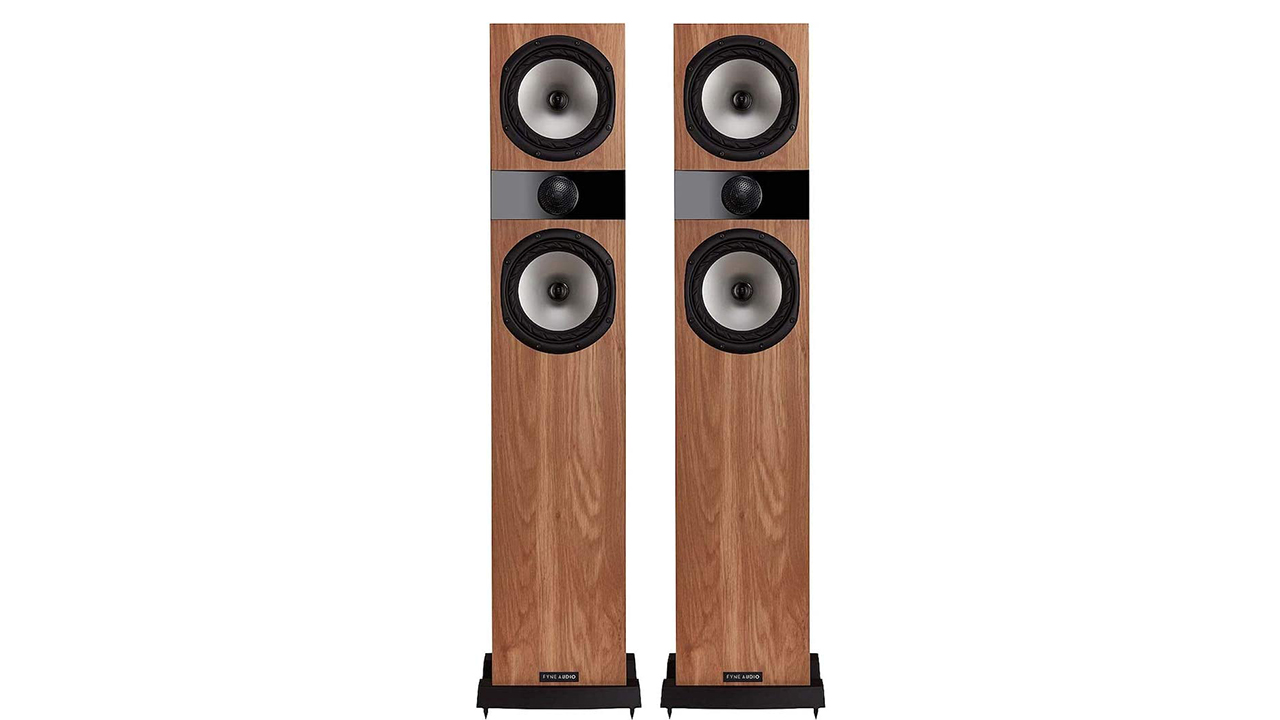
If you want to go big, you might as well do it properly. At nearly a metre tall, the Fyne F303s are properly big. Needless to say, they need plenty of space to perform at their best. Too close to a wall and the bass becomes overpowering.
But in a suitable room and a bit of air around them, the bass performance of the F303s is magnificent. Deep, weighty and heart-shakingly powerful, it adds real authority to everything you play without drowning out the midrange and treble, both of which are crisp and detailed.
The looks are a little divisive - the flared drivers are neat but the glossy band that houses the tweeter looks a little odd to these eyes - but for audio scale and excitement, there’s nothing better at this price.
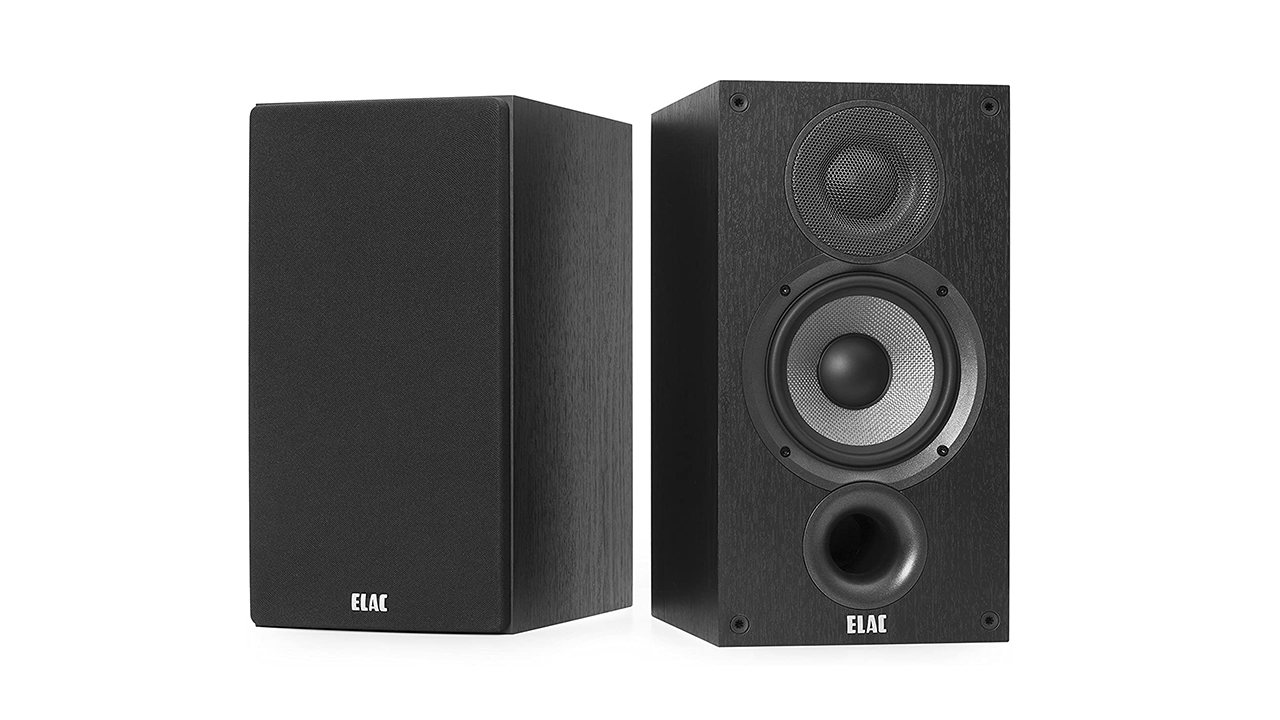
Elac’s hardly a household name, but the company’s Debut B5.2 is simply the best budget speaker you can buy. It looks a bit drab and is only available in black (nothing wrong with that) but this is a solidly built speaker that can be placed really close to a wall without the sound suffering.
And the sound is superb. Others are richer and warmer, but the Elacs marry a neutral tonal balance that doesn’t colour the character of your music to hugely impressive detail and punch.
If you want to hear your favourite tracks just as intended and have a fairly limited budget, there’s no better speaker out there.
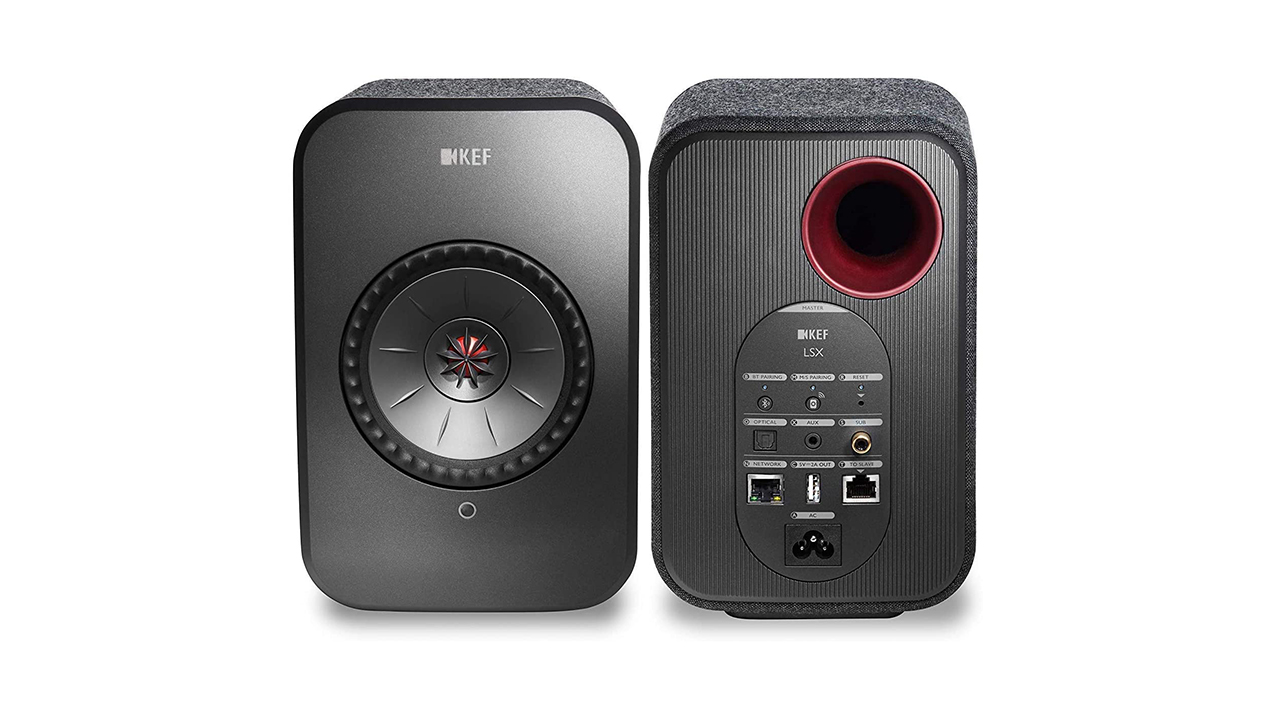
This may look like an ordinary (albeit drop dead gorgeous) pair of standmount speakers, but the KEF LSX is really an all-in-one hi-fi system, complete with support for streaming.
Send music from your phone using Bluetooth or AirPlay 2, play tracks using Spotify Connect or the higher quality Tidal streaming service, connect an old-fashioned source such as a CD player or even use it as the sound system for your TV – the KEF LSX can do it all.
There’s no wire between the speakers (although they do both need to be connected to power) and they look lovely in all five of the available finishes (yes, black is one of them). They also sound superb, with loads of detail and punch. These aren’t hi-fi speakers, they’re a whole hi-fi disguised as speakers, and brilliant in their own right.
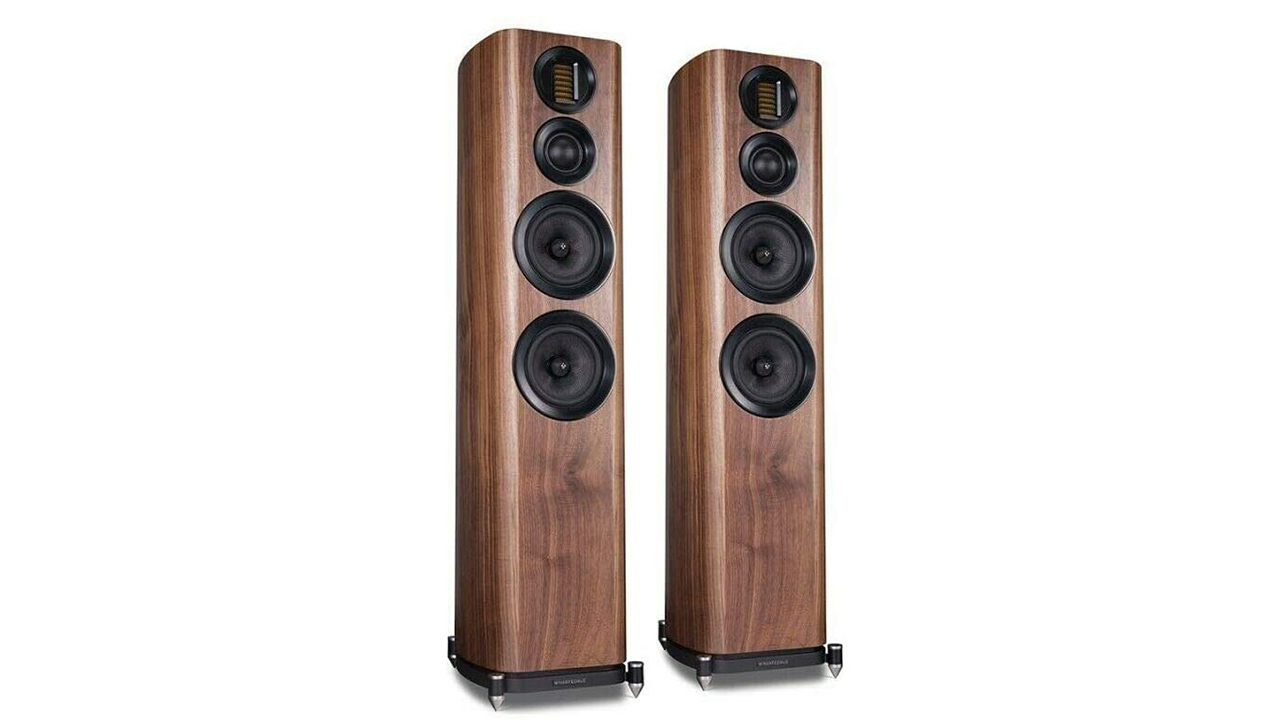
These utterly lovely speakers are the biggest and most expensive of Wharfedale’s new Evo range. And, while undeniably expensive in real terms, they boast high tech features usually reserved for speakers costing a whole load more.
The Air Motion Transformer Tweeter is the most unusual, poshest element, and that’s just one of the four drivers on the face of this fantastically big but also surprisingly elegant floorstander.
The downside is that you need lots of space for the Evo 4.4s to sound as they should, the upside is that they sound amazing. Huge, as expected, but they also balance smooth richness with punchy excitement in the way that very few speakers manage. An awesome choice if you’ve got the space and budget.
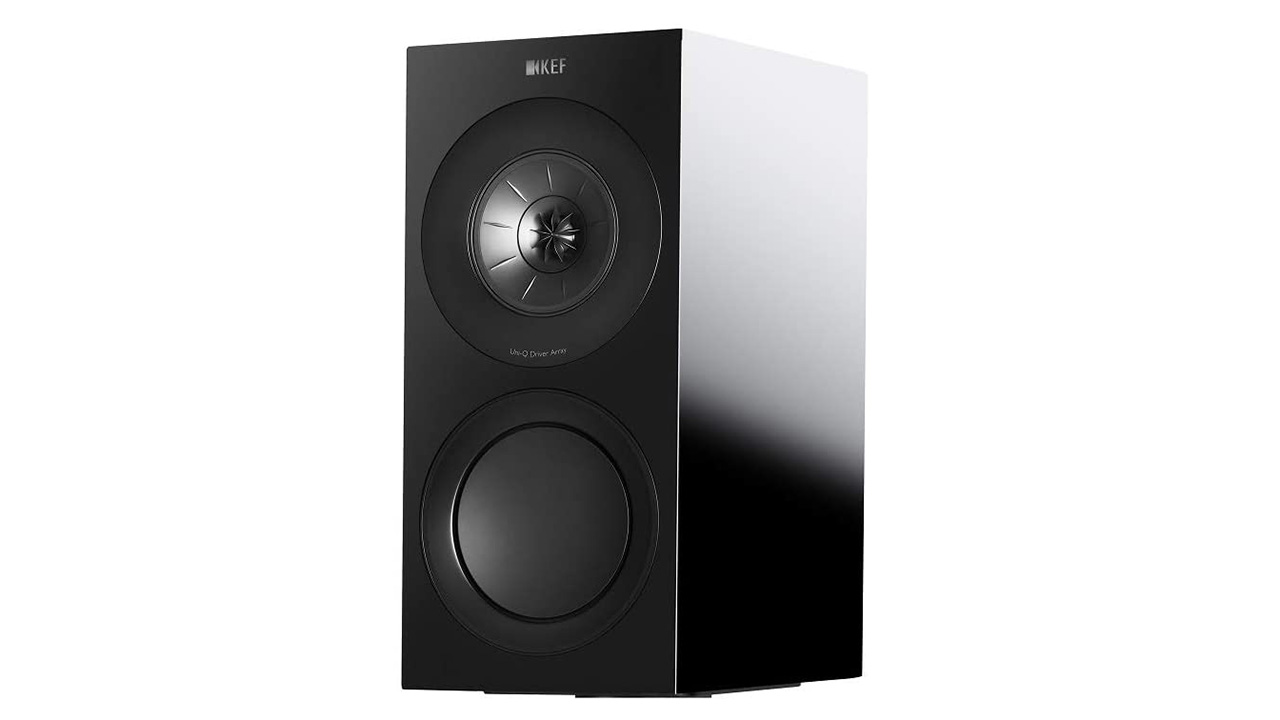
KEF rarely puts a foot wrong and the R3s are the company’s best speakers in ages, offering a chunk of the performance of the £5000 Reference 1s at a fraction of the price.
These are quite slim and compact speakers, but they still need a bit of space to breathe and are best not plonked on a bookshelf. Treat them right and the sound is amazingly well balanced and detailed, with a real subtlety and delicacy that reveals all of the detail and nuance in the best-recorded tracks in your collection.
They’re beautiful to look at, too, even with the carefully acoustically tuned grille that comes in the box and protects the drivers.
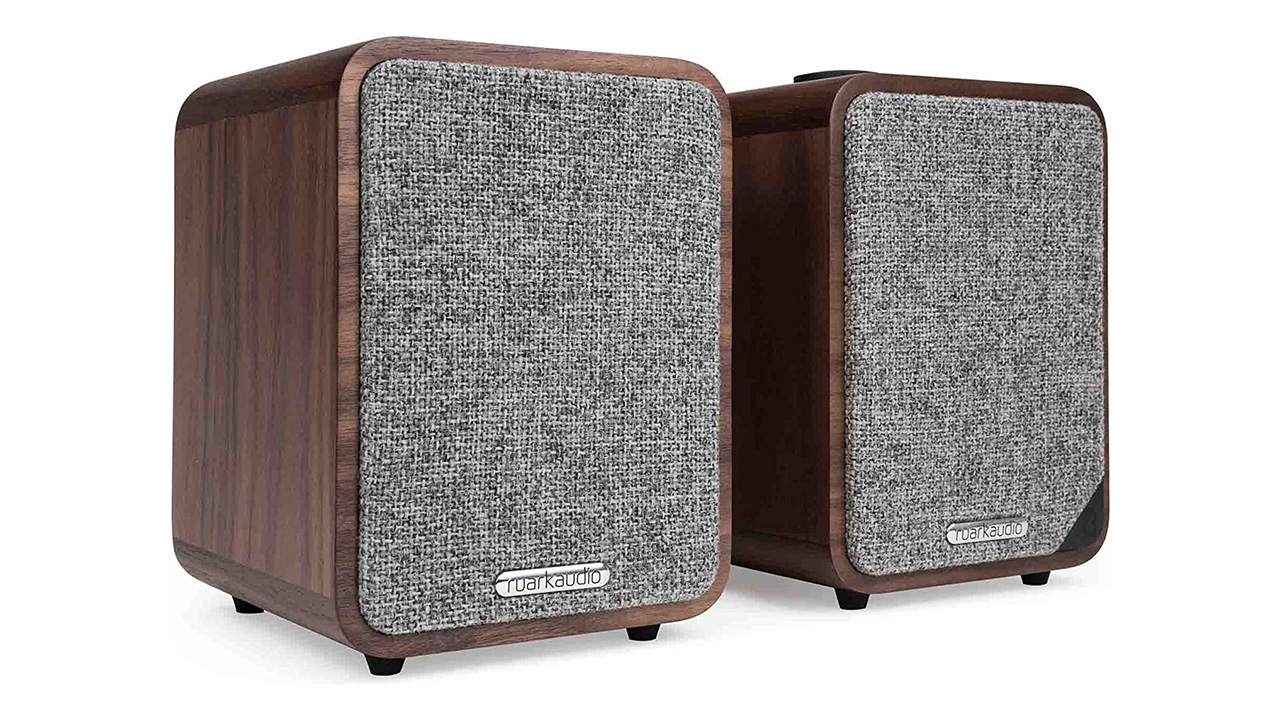
The Scandi-style looks might not be to everyone’s taste (Ruark is actually British) but the MR1 Mk2 is a brilliant option if you’re looking for great speakers to connect to a computer or to send tunes to using Bluetooth.
This isn’t quite a full streaming system in the vein of the KEF LSX speakers above, but neither is it a standard pair of hi-fi speakers, because here the amplification is built-in. In short, if your laptop or phone is your primary music source, this Ruark speaker set could be right up your street.
Most desktop speakers are brash and in your face, but this Ruark pair has subtlety, balance and genuine musicality. A flawless option for those with the specific set of requirements.
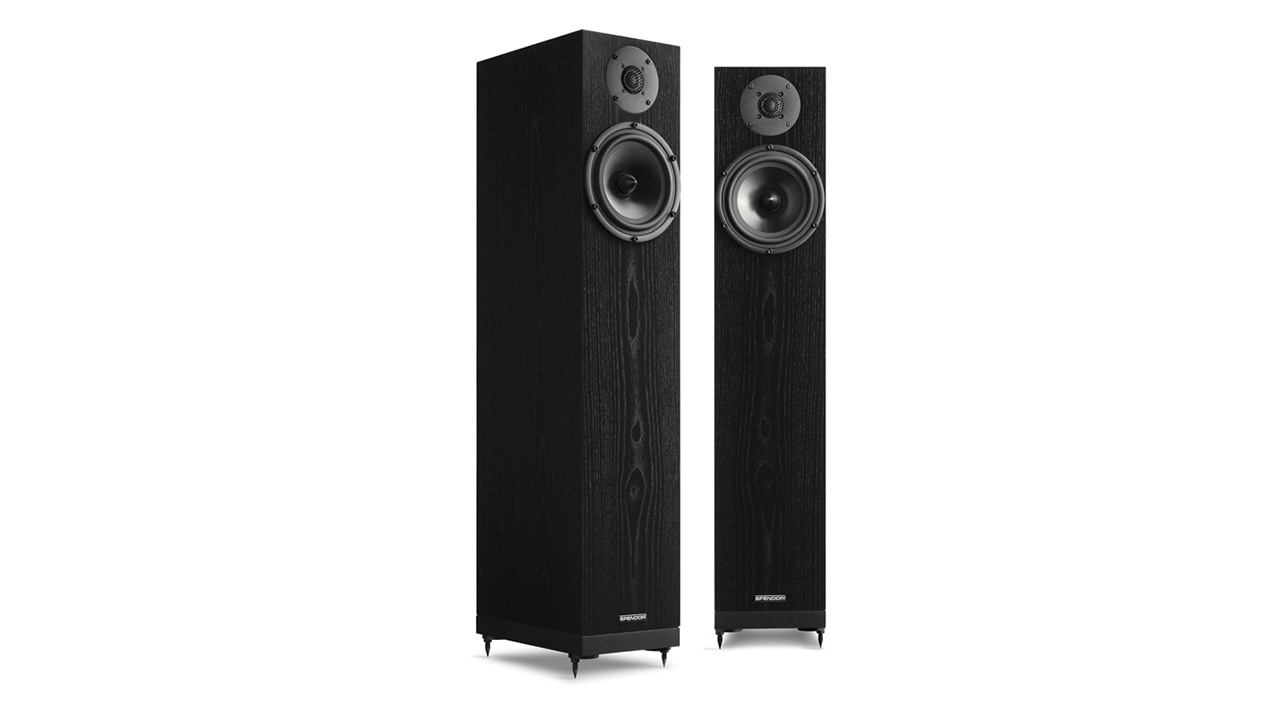
Spendor might lack the broad recognition of a brand such as B&W, but it’s got an exceptional reputation in hi-fi circles. A relatively small company, Spendor has been designing and manufacturing speakers on the South coast of England for over 50 years, and still takes six days to build each one.
It’s an old fashioned approach that results in old-fashioned-looking speakers, but that’s a big part of Spendor’s charm. Build quality, meanwhile, is faultless.
Spendor’s sonic approach is all about delivering a clear, transparent sound that lets your music sing, and its typified by the brilliantly detailed and natural sound of the A7s. No other speaker here and very few speakers costing less than five grand will reveal the truth of a track more effectively than these.
As an added bonus, they’re pretty compact by floorstander standards and work well even when positioned pretty close to a wall.
Best speakers for home use: Buying advice
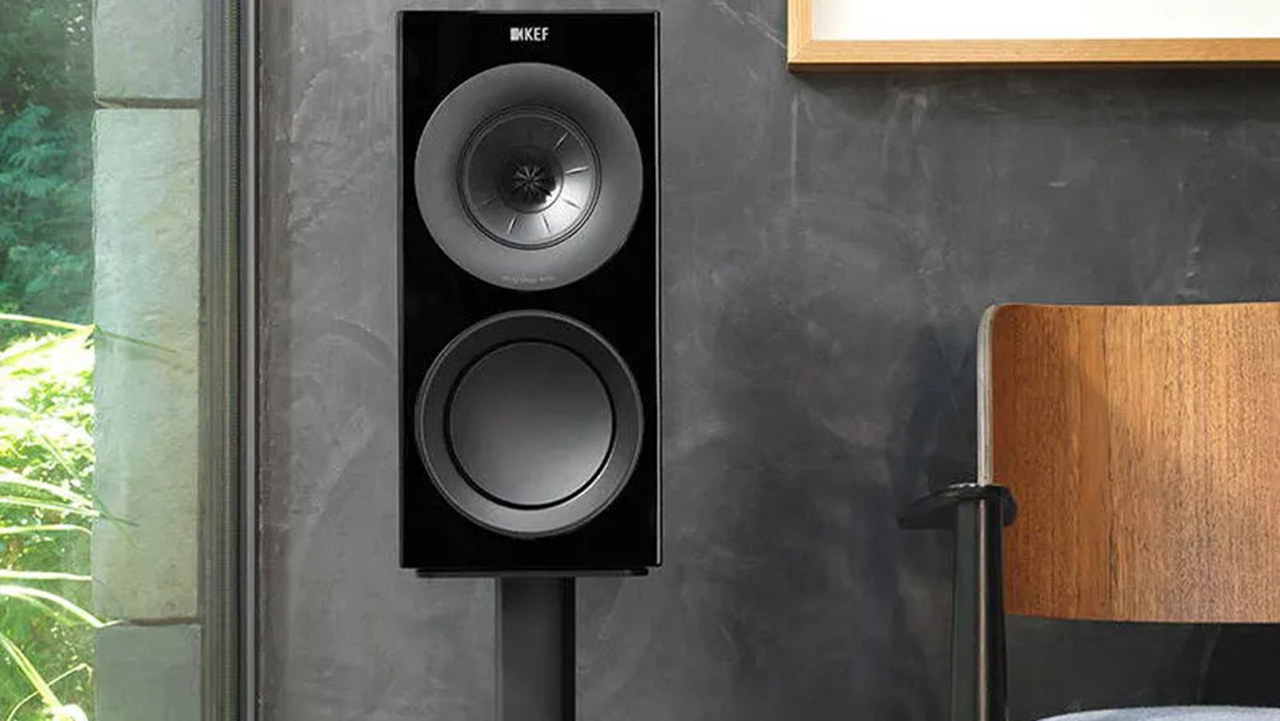
Are you looking for traditional, passive speakers, or something more hi-tech, with Bluetooth or even built-in streaming? If you’ve already got a hi-fi system, passive speakers will be the way to go, but if you’re in the market for speakers to partner a computer, for instance, an amplified, desktop pair makes more sense.
There are now models that are more or less complete systems in their own right – instead of buying a streamer, amplifier and speakers, you can just buy just a pair of speakers that will do the whole lot – and will also even play nice with other devices such as your TV, should you want them to.
If going down the traditional hi-fi speaker route, the next big decision is whether to go with a standmounters or floorstanders. You’ll sometimes see standmounters referred to as ‘bookshelf’ speakers, but it’s better to think of them as standmounters as they will perform vastly better when placed on dedicated stands rather than crammed on a shelf.
Once you’ve factored in stands, standmounters tend to take up just as much space as floorstanders (and can be just as expensive), but they’re often a little less fussy about positioning, working better closer to a wall, for instance. The smaller cabinets often allow for a more agile sound, too.
But many prefer the look of a floorstanding speaker, as well as the extra weight and depth that the extra cabinet volume often lends to the sound.
Floorstanders are often more powerful and capable of going louder, too, and invariably feature extra drivers over their standmount equivalents – although this can make them tonally a little less consistent. You find that floorstanders also often need a bit more space around them in order to avoid the bass getting boomy.
Once you’ve settled on your new speakers, don’t skimp on the cabling – it really makes a difference here. Budget to spend at least £5 per metre on speaker cable (the is the best choice at this price). Banana plugs will cost extra and make it quicker and easier to connect and disconnect components, but they don’t improve sound so by all means save a few quid and use bare wire for your connections if you want.
Related buyer's guides
You can trust Louder Our experienced team has worked for some of the biggest brands in music. From testing headphones to reviewing albums, our experts aim to create reviews you can trust. Find out more about how we review.
- The loudest Bluetooth speakers: Break out the sounds
- Bag a pair of the loudest headphones to match
- Spend less with the best cheap Bluetooth speakers
- The best Bluetooth speakers: Top quality options
- Best outdoor speakers: Sound systems that'll rock the outside world
